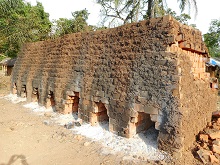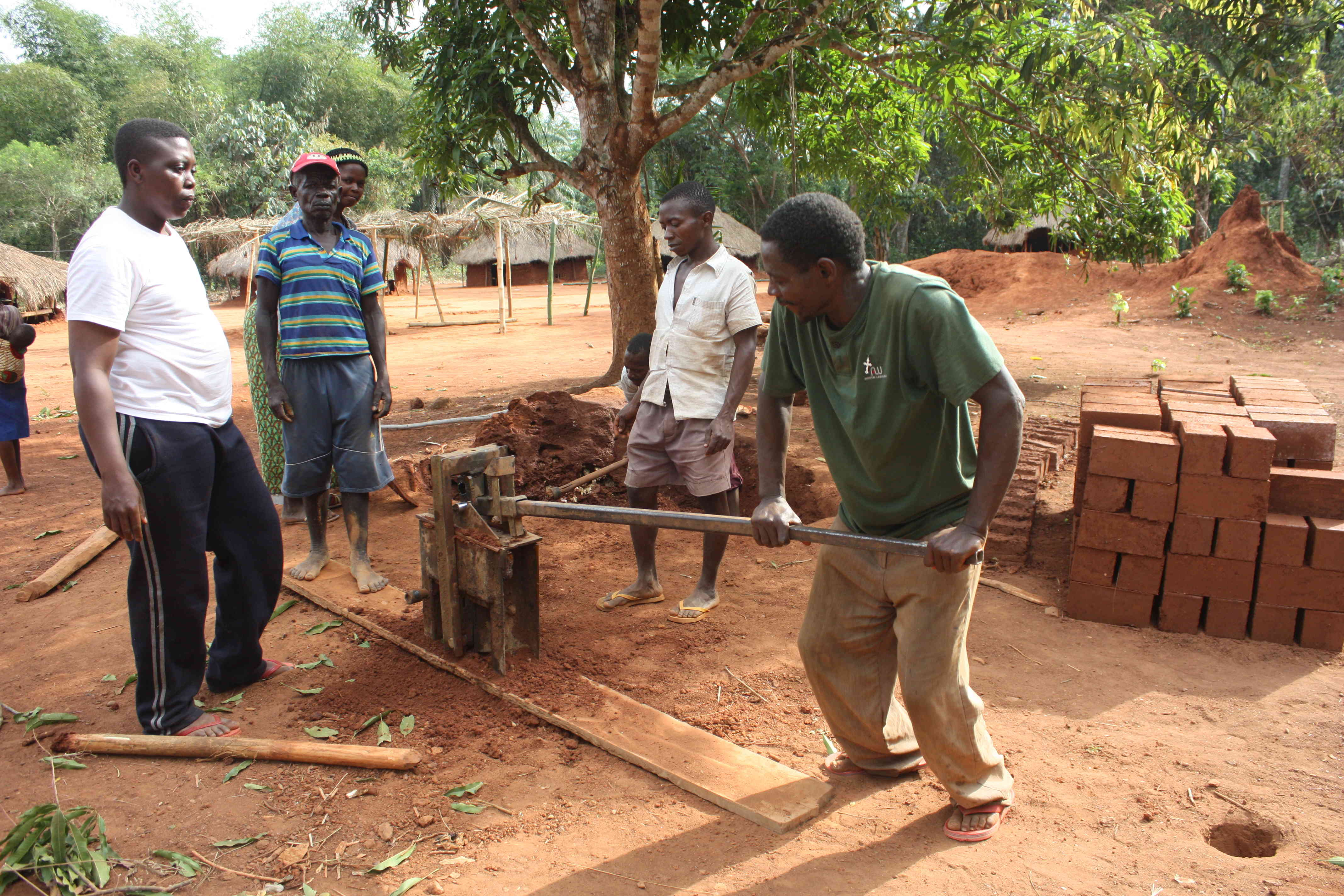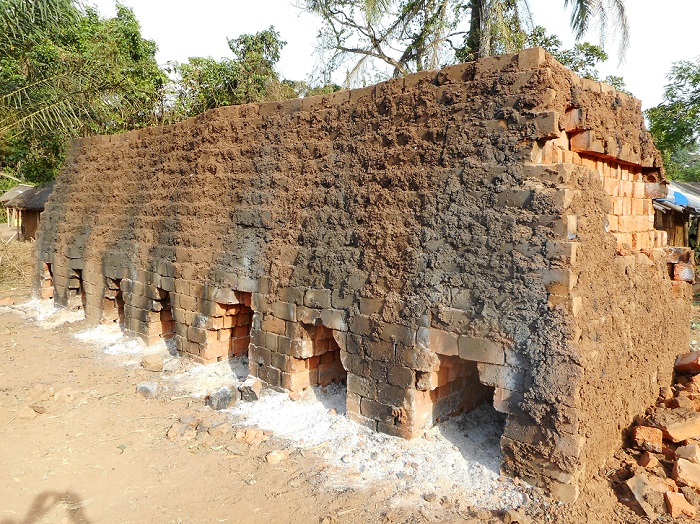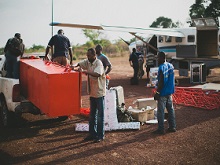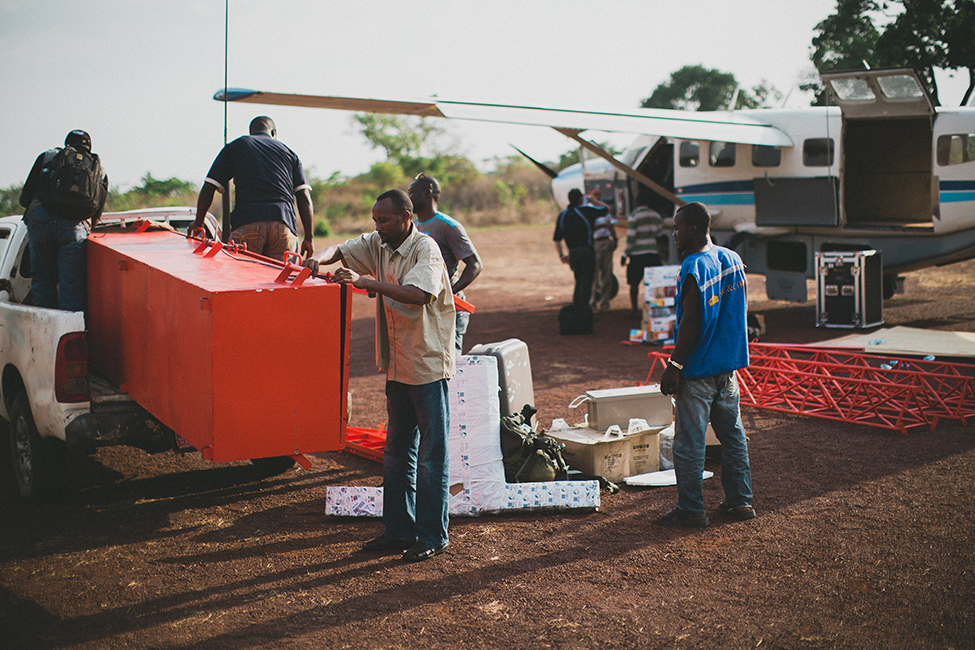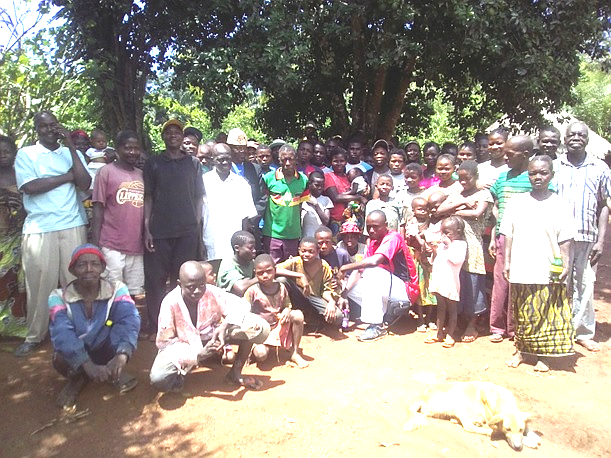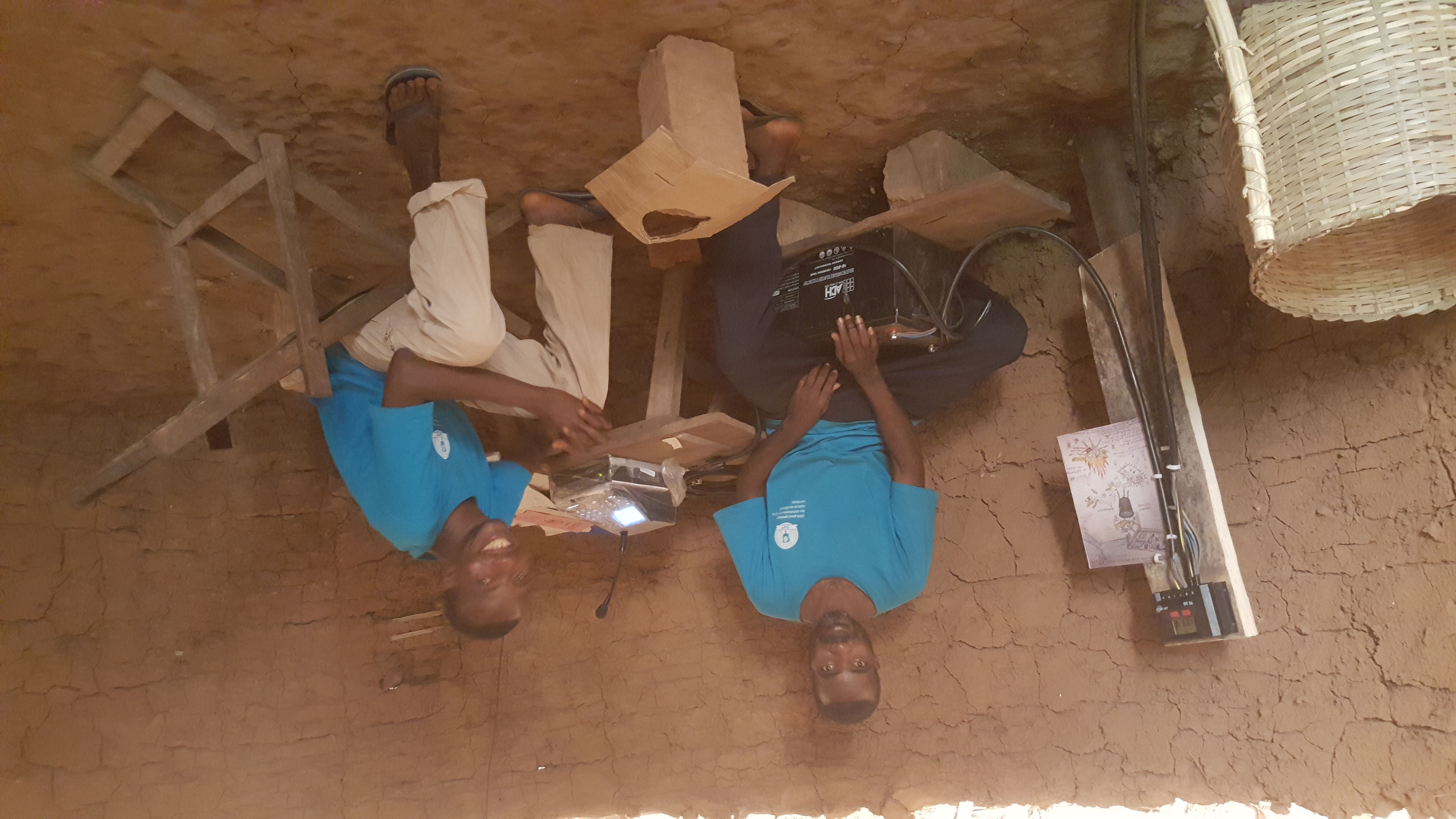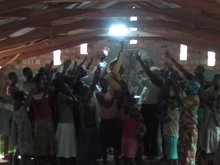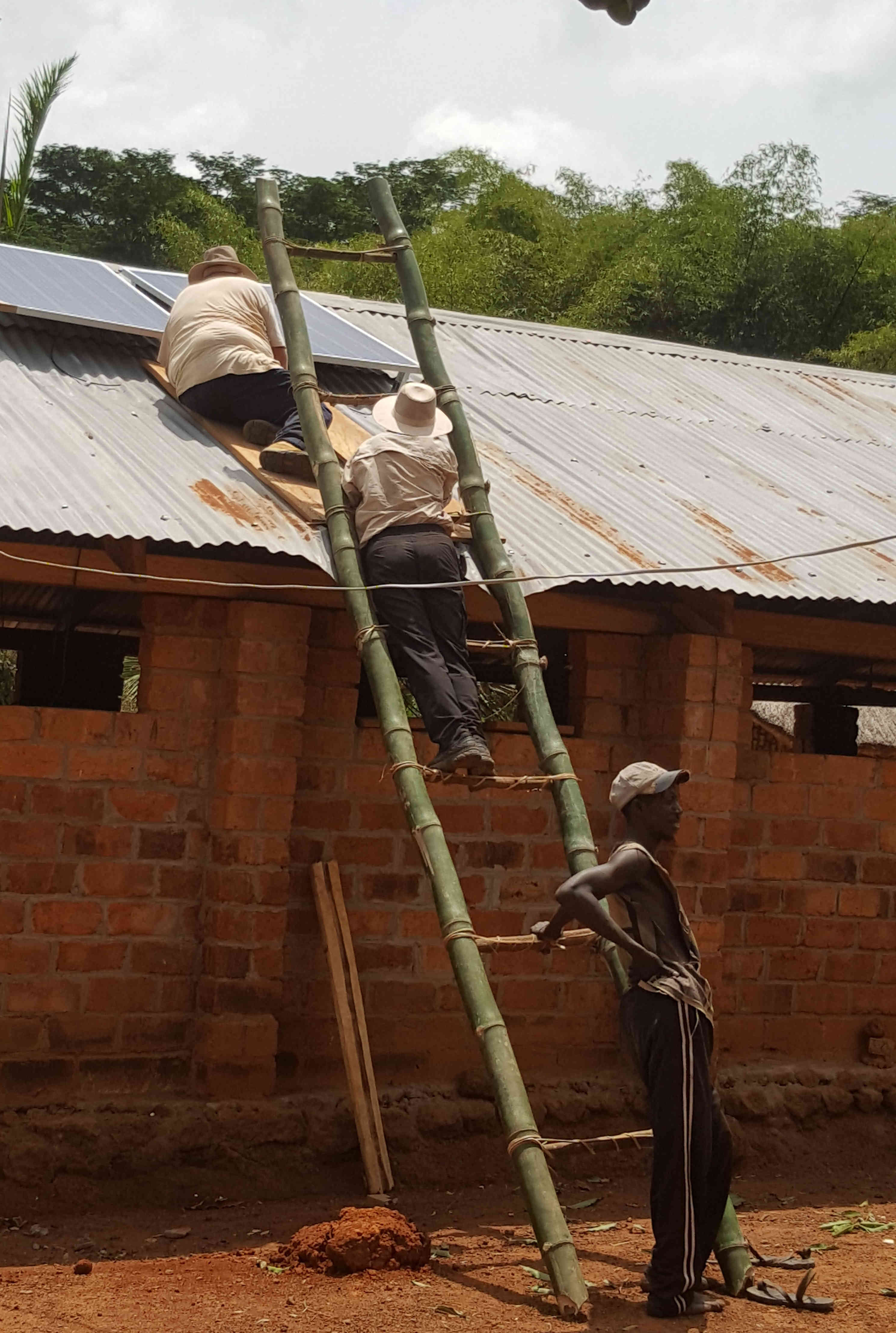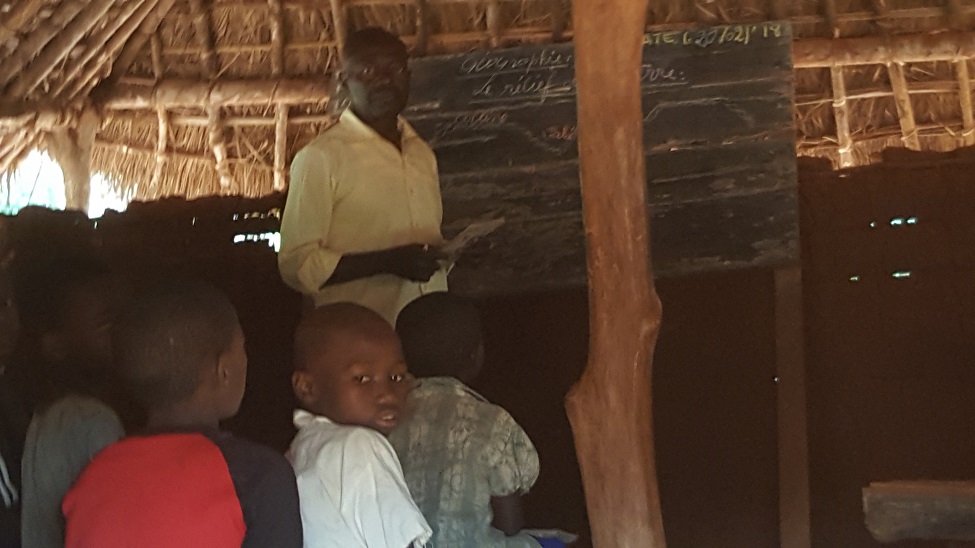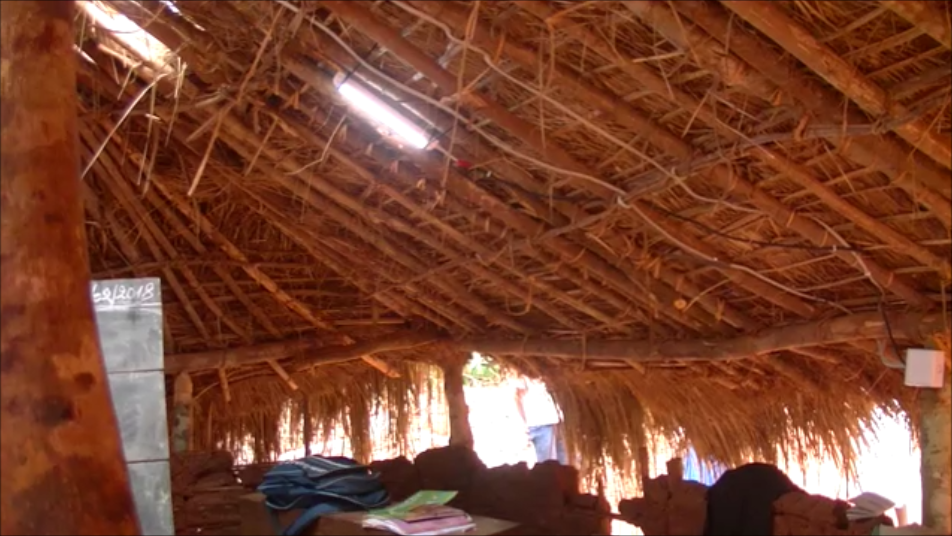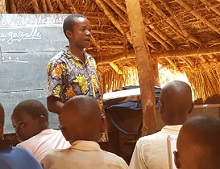

With the successful conclusion of our 20,000 brick project we are now in the planning phase to build 6 classrooms, a headmaster’s office, and 2 latrines. Depending on funding for this project, it will be implemented in two stages, the first stage will include the building of 3 classrooms and two latrines, and then the second stage will include the construction of the remaining 3 classrooms and the headmaster office with an extra classroom. RainShine Australia is currently seeking funding for this project.
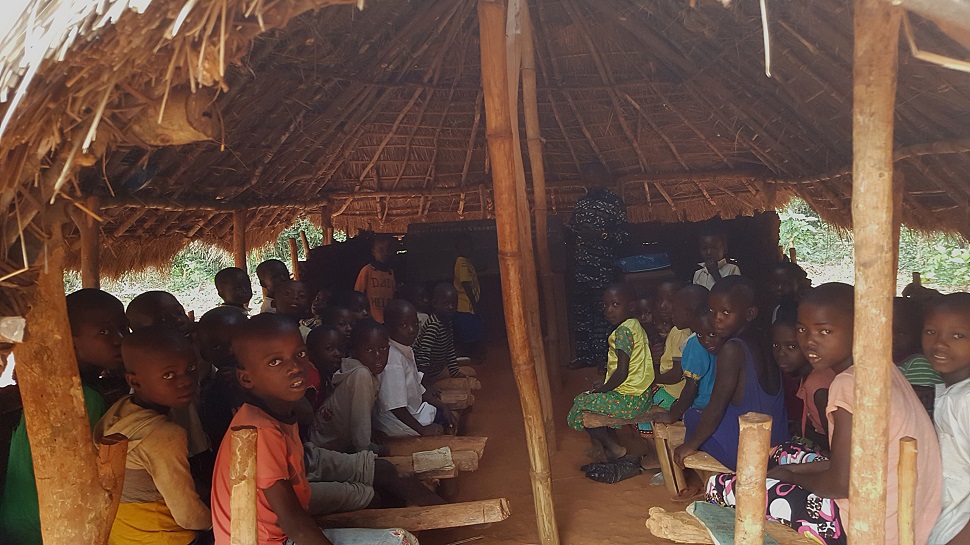
The current classrooms are small and over crowded and are in a dilapidated condition. Each year thatched roofs need to be replaced. White ants eat the softwood structures used in the classrooms. And because it rains for 10 months out of a year the mud walls of the classrooms are eroded away.
This project will rebuild the 6 classrooms and other supporting buildings in brick, hard wood, and tin to provide a more secure, comfortable, and a more spacious environment for learning.
Our estimate to build 2 blocks containing 3 classrooms in each block, which will provide a total of 6 classrooms, 2 latrines, and 1 headmaster’s office with an overflow classroom is $70,000 AUD.
If you would like to contribute to the Rooms for Learning project, then please donate below.
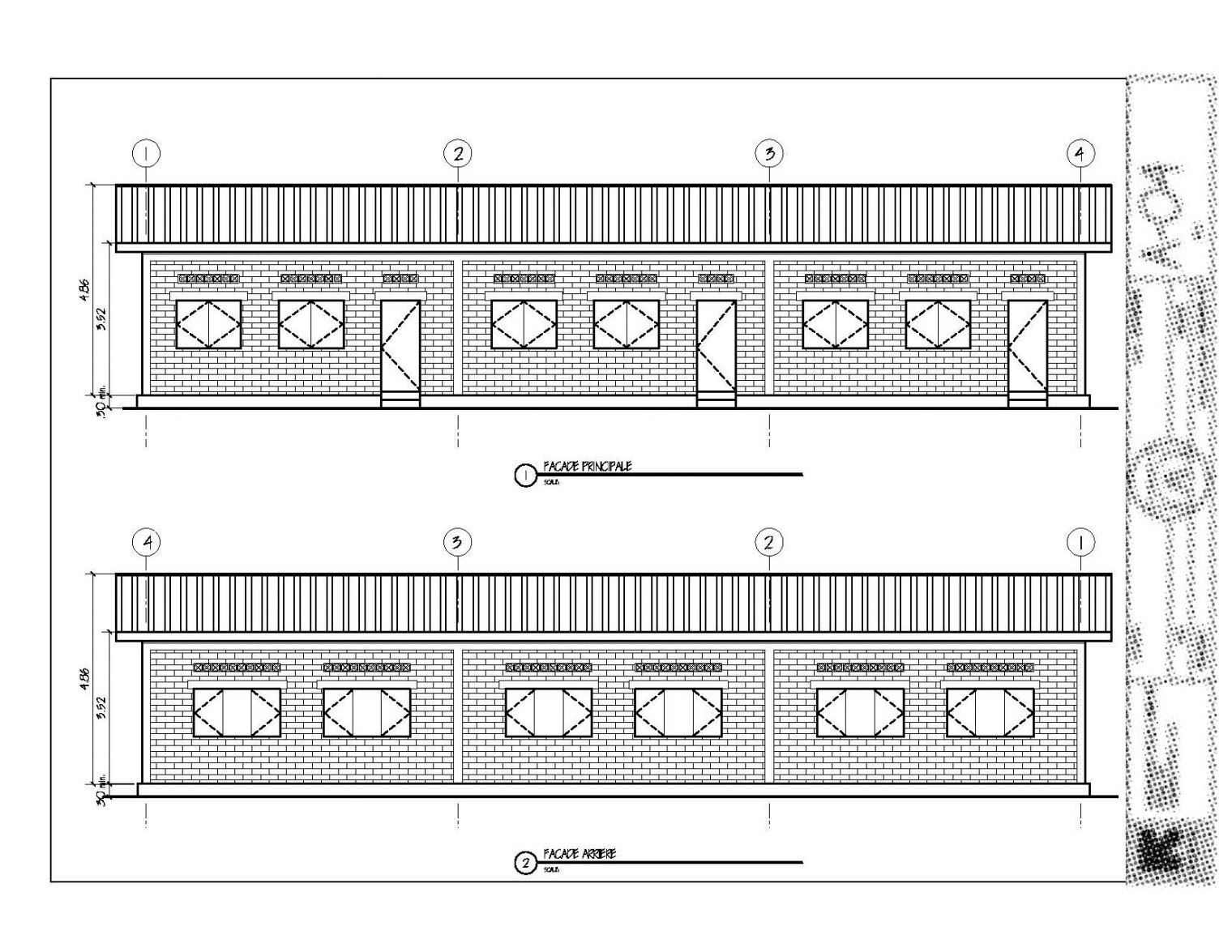
Help our children achieve a comfortable learning environment for improved educational outcomes. All donation amounts are in AUD.
Or click here to make it a monthly donation
RainShine Australia uses Stripe a secure payment system. For more information: https://www.stripe.com/
